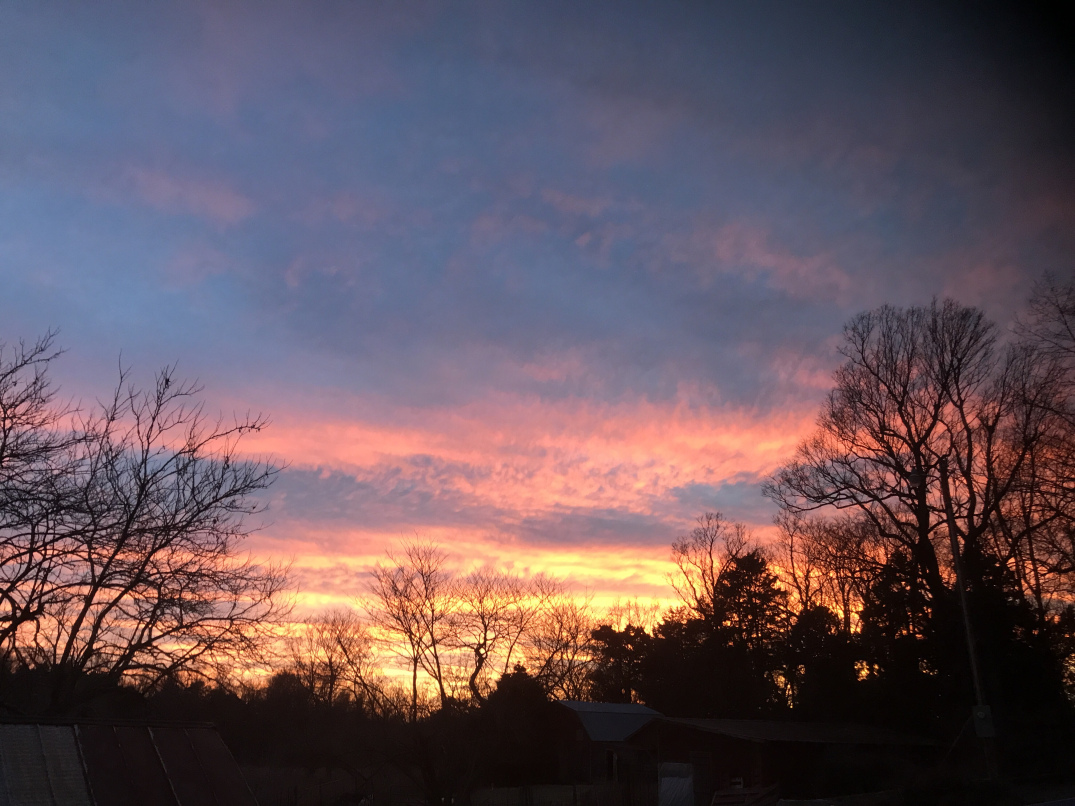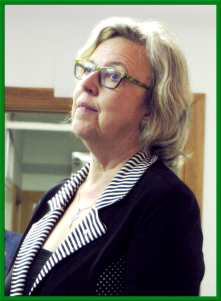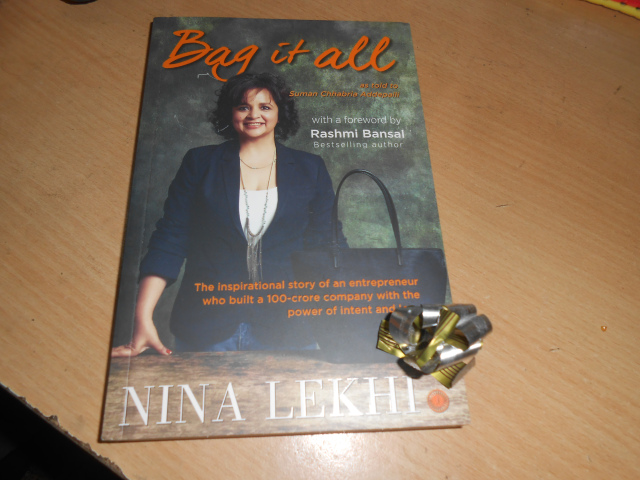NOAA Teacher at Sea
Jenny Hartigan
Aboard NOAA Ship R/V Fulmar
July 21 – July 28, 2017
Mission: Applied California Current Ecosystem Studies: Bird, mammal, zooplankton, and water column survey
Geographic Area: North-central California
Date: July 23
Weather Data from the Bridge:
Latitude: 37.8591° N,
Longitude: 122.4853° W
Time: 0700
Sky: 100% cloud cover
Visibility: 8 nautical miles
Wind Direction: NW
Wind speed: 10-20 knots
Sea wave height: 2-4 feet
NW Swell 7-9 feet at 8 seconds
Barometric pressure: 30.02 inches
Sea Water Temperature: 58.6
Air Temperature: 52 degrees F
Wind Chill: 34 degrees F
Rainfall: 0mm
Scientific Log:
Saturday was my first day out, and it was an excellent day for wildlife observation. In fact, that is what I did for most of the day. A highlight of my day was seeing two blue whales spouting right in front of the Fulmar. I tried to get a photo, but they went below the surface quickly. Blue whales are the largest marine mammals, averaging 20-25meters long and blue grey in color. It is called a cetacean, which means it has flukes, (tail fin), and may or may not have a dorsal fin (the fin on the back or top of the body.) This is in contrast to pinnipeds, which are marine mammals that use their flippers to walk. The blue whale is a baleen whale, which feeds by chasing prey up to the surface of the water. There it forages by swimming with its mouth open to catch small invertebrates such as krill and copepods. The baleen in its mouth filters out the invertebrates from the water.
The whale we saw most often was the humpback whale. This baleen whale averages 11-13 meters in length, and is dark grey to black in color. I was so excited to observe 3 tail flukes of humpbacks today!
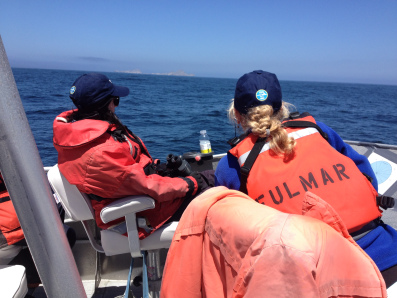
The scientists spotting marine mammals from the flying bridge.
Cassin’s auklets and humpback whales – Video credit: J. Jahncke/NOAA/Point Blue/ACCESS
Marine mammals seen Saturday:
6 blue whales
23 humpback whales
22 unknown whales
several harbor porpoise
4 California sea lions
Layman’s albatross – Video credit: J. Jahncke/NOAA/Point Blue/ACCESS
Birds seen Saturday:
Cassin’s auklets
Black–footed albatross, layman’s albatross
Western gulls
Hearman’s gull
Common murre – including the first murre chicks of the season the ACCESS crew has sighted.
Many marine animals tend to be found where upwelling occurs. Deep ocean nutrient-filled waters are brought to the surface by changes in sea floor topography, winds and currents. These nutrients fertilize phytoplankton (tiny plant life) that serves as the base of the food web. Whales return to these areas to feed on the small invertebrates that flourish there. These hotspots occur just off the Ca Coast. Protecting and managing these ecosystems is one major reason we have established National Marine Sanctuaries such as The Greater Farallones National Marine Sanctuary, Cordell Bank, and Monterey Bay. In a later post, I’ll tell you more about the procedures the scientists use to observe and record the mammal and bird sightings.
Personal Log: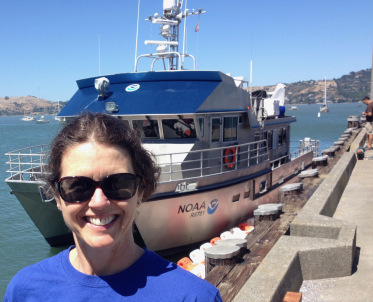
That’s me, in front of the Fulmar!
I settled into my berth onboard the R/V Fulmar. The ship can sleep 10 people, has a galley (shipspeak for kitchen), a wet lab (place to conduct experiments that are wet!) and one head (shipspeak for bathroom). Although the ship is only 67 feet long, the scientist and crew work together so efficiently that it is very comfortable. It has everything we need. I am rooming with Dani Lipski, who is one of the scientists. I’m on the bottom bunk. I’ll introduce her to you later on. She has spent a lot of time teaching me how to use the equipment to take samples. She has graciously answered my millions of questions!
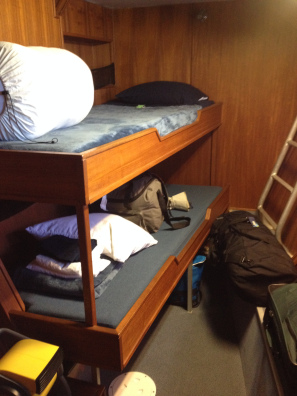
My bunk on the bottom. Do you see the ladder to the escape hatch on the right?
I am delighted to find that I am not feeling seasick. My doctor did prescribe me the patch to wear behind my ear, and I guess it’s working! In any case, I’m not taking it off to test it out. We have had some pretty bumpy experiences transiting to sampling sites and so far so good.I have learned to always keep one hand on the boat when walking around, and not to go below deck when the ship is moving. It surprises me to experience what a workout my legs are getting simply by working to maintain my balance. Even while sitting here writing on my computer I have to constantly engage my legs so I don’t fall over.
Did you know?
The Traffic Separation Scheme (TSS) separates ship traffic going in opposite directions, much like a median strip separates opposing lanes of cars on a freeway. The TSS is marked on nautical charts so that traffic proceeds safely.
I love hearing from you. Keep those comments coming!
Share this:
